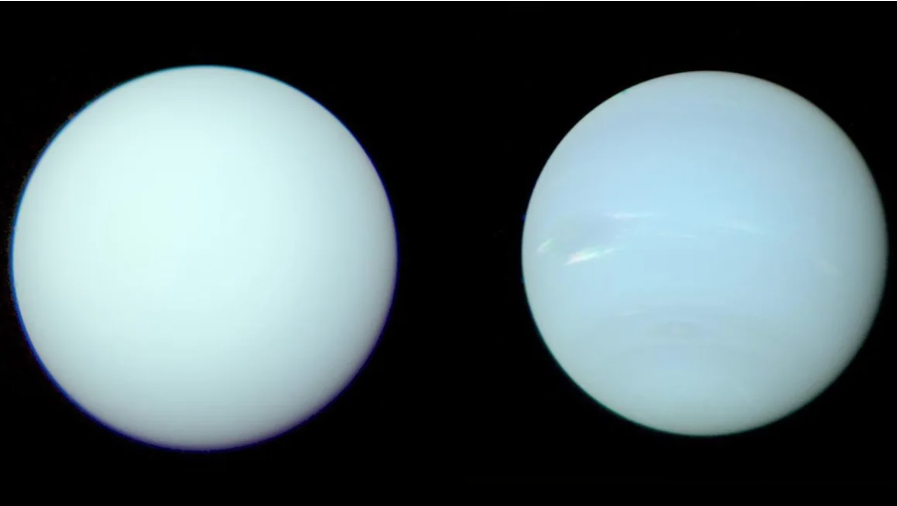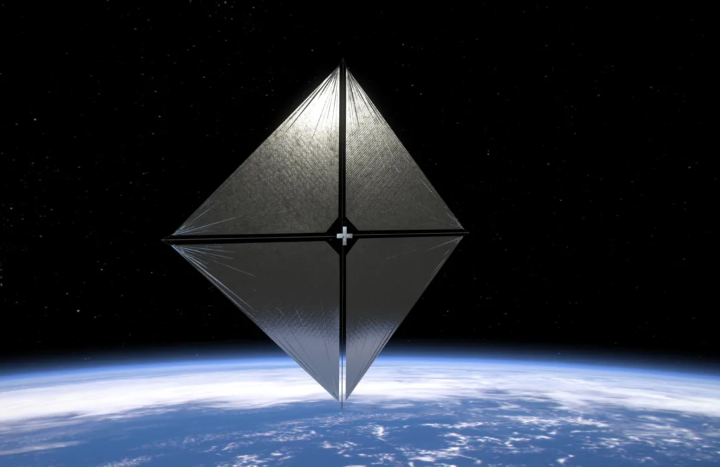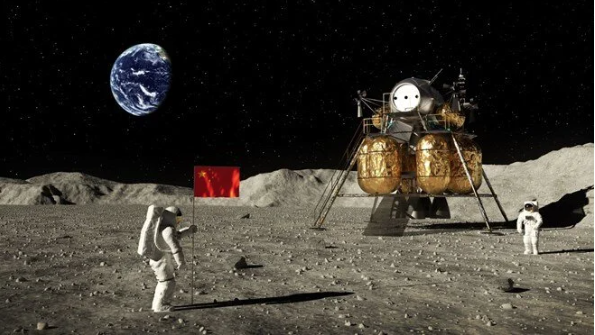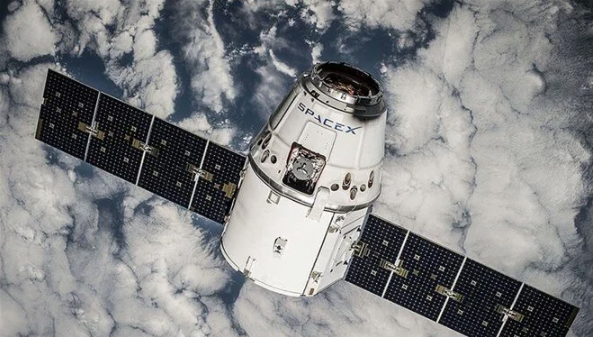The real colors of Neptune and Uranus, which appear to have drastically different hues in photographs, may be more comparable than previously assumed, according to new study.
NASA’s Voyager 2 mission, which flew flybys of Uranus and Neptune in 1986 and 1989, provided the first comprehensive views of the two ice giants on the outer rim of our solar system. Voyager 2 is the only spacecraft that has flown past both planets.
Uranus was shown as a faint cyan, whilst Neptune was depicted as a startling deep blue. Voyager 2 photographed each planet in its own color, and the single-color photos were blended to form composites. The images of Neptune were enhanced to show the white clouds and winds of the planet’s atmosphere.
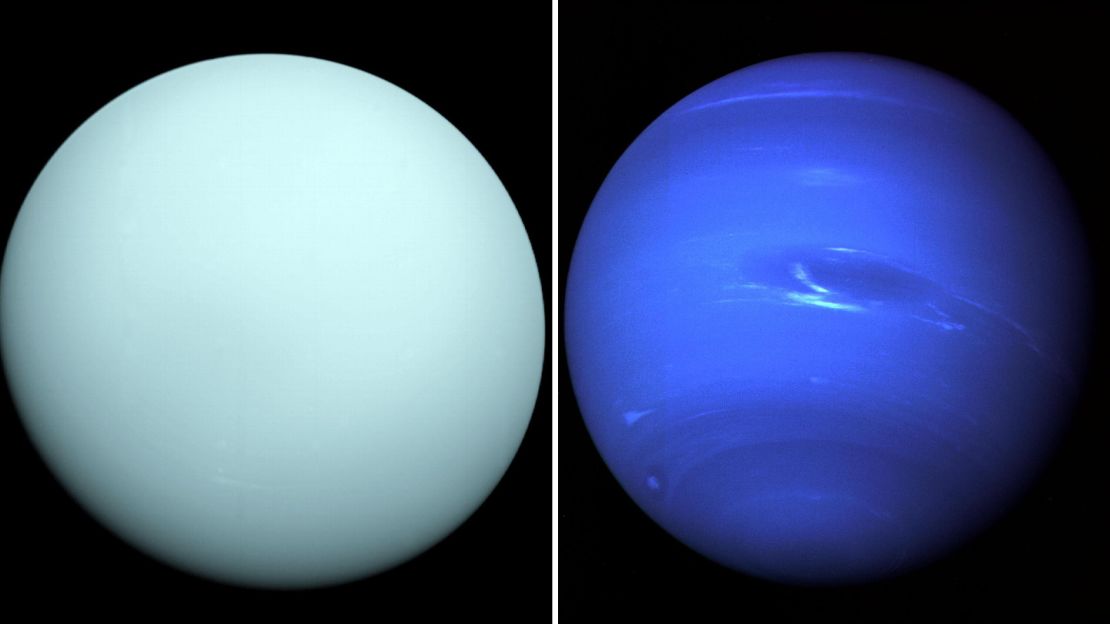
“While the familiar Voyager 2 images of Uranus were published in a form closer to ‘true’ color, those of Neptune were, in fact, stretched and enhanced, and thus made artificially too blue,” said Patrick Irwin, a professor of planetary physics at the University of Oxford and author of a new study about the images.
“Even though the artificially-saturated colour was known at the time amongst planetary scientists — and the images were released with captions explaining it — that distinction had become lost over time.”
The Imaging Spectrograph on the Hubble Space Telescope and the Multi Unit Spectroscopic Explorer on the Very Large Telescope both capture a continuous spectrum of colors, resulting in higher color accuracy.
The corrected images show that Neptune and Uranus have a similar greenish-blue hue. Both planets have atmospheric haze, but Neptune appears slightly bluer because it has a thinner haze layer.
“Applying our model to the original data, we have been able to reconstitute the most accurate representation yet of the colour of both Neptune and Uranus,” Irwin said.
The team’s results and the new image, published Thursday in the Monthly Notices of the Royal Astronomical Society, not only address a long-standing question about the ice giants, they pave the way for a better understanding of the enigmatic planets, researchers say.
Uranus’ shifting colors
While solving one planetary mystery, the research team seized the opportunity to answer another: why Uranus seems to change colors as it orbits the sun, as seen in the video loop below.
On Uranus, a year lasts 84 Earth years. The globe seems greener at the summer and winter solstices, but bluer during the equinoxes.
During solstices, one of the planet’s poles points toward Earth and the sun because it turns on its side.
The researchers compared photos of Uranus for the study by looking at brightness data taken by the Lowell Observatory in Arizona from 1950 to 2016.
The team developed a model comparing light data from the polar regions versus the equatorial regions and determined that the polar regions are more reflective in green and red wavelengths of light. This model involved adding a “hood” of a gradually thickening haze made of methane ice, which has been observed when the planet moves from equinox to solstice.
“In this way, we have demonstrated that Uranus is greener at the solstice due to the polar regions having reduced methane abundance but also an increased thickness of brightly scattering methane ice particles,” Irwin said.
Dr. Heidi Hammel, vice president for science at the Association of Universities for Research in Astronomy, has spent decades studying the ice giants.
“The misperception of Neptune’s colour, as well as the unusual colour changes of Uranus, have bedevilled us for decades,” said Hammel, who was not involved in the study, in a statement. “This comprehensive study should finally put both issues to rest.”
The study of ice giants
Many mysteries surround the ice giants. The James Webb Space Telescope just released a stunning photo of Uranus, highlighting its typically unseen rings and hidden atmospheric characteristics.
Uranus’ X-rays have been observed by researchers in recent years. A strange “blip” in Voyager 2 data also indicated that the spacecraft traveled through a plasmoid, a gigantic magnetic bubble that presumably pinched off some of the planet’s atmosphere and drifted out into space.
“Exploring the Uranian system — from its strange seasonal atmosphere to its diverse collection of rings and moons — is a high priority for space agencies in the coming decades,” research coauthor Leigh Fletcher, a planetary scientist at the University of Leicester, said in a statement.
“Earth-based studies like this, showing how Uranus’ appearance and colour has changed over the decades in response to the weirdest seasons in the Solar System, will be vital in placing the discoveries of this future mission into their broader context.”
Source site used to create the news: CNN

